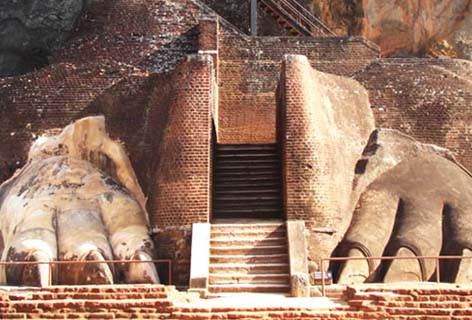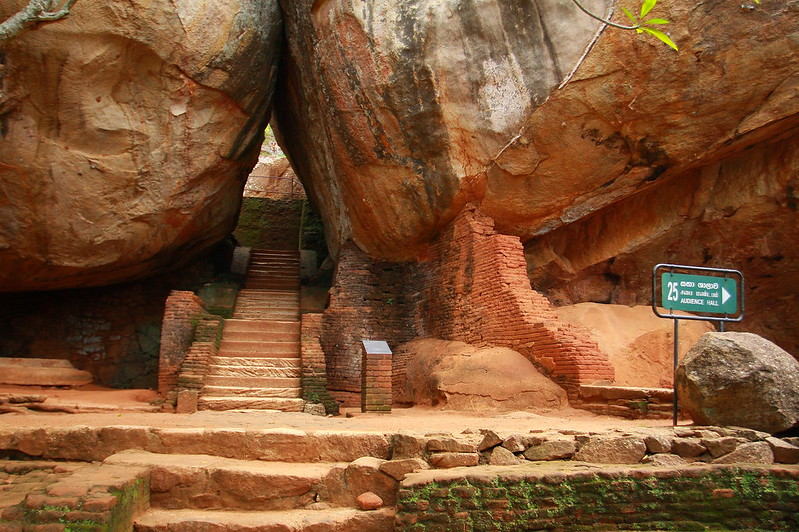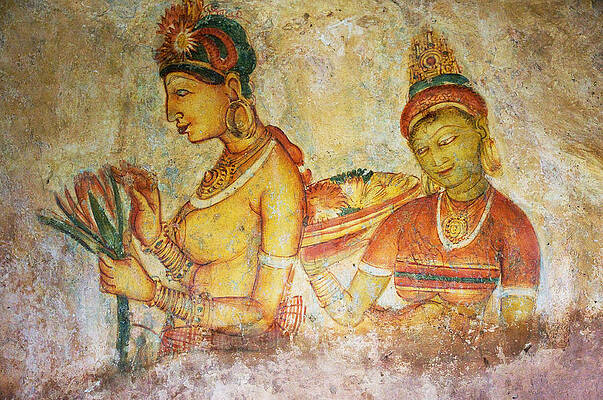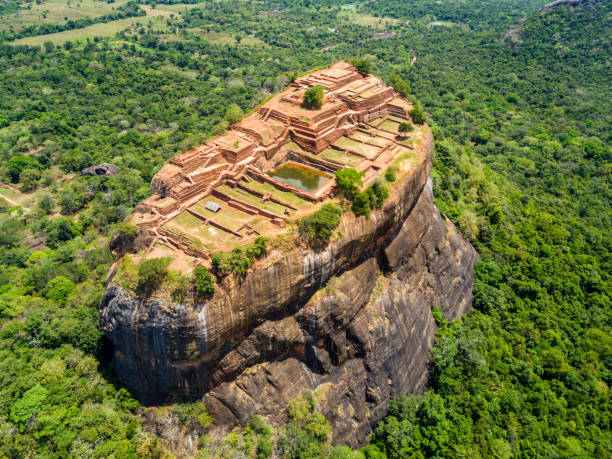Culture and Heritage
Sri Lanka is a treasure trove of ancient history, with UNESCO World Heritage sites like Anuradhapura and Polonnaruwa showcasing its ancient civilizations. The island’s rich Buddhist heritage is reflected in sacred temples such as the Temple of the Tooth in Kandy. Visitors can immerse themselves in vibrant cultural festivals like the Esala Perahera, which celebrates centuries-old traditions with colorful processions and rituals.
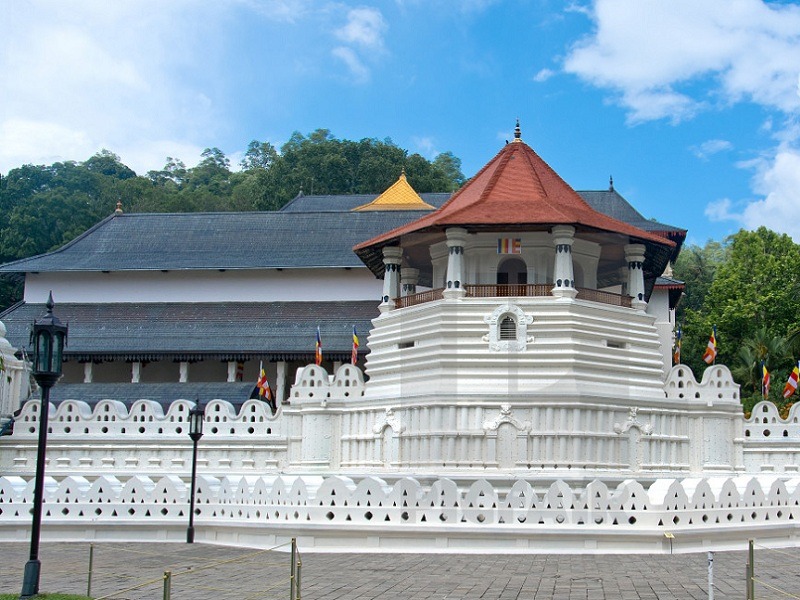
Temple of the Sacred Tooth Relic
The Temple of the Sacred Tooth Relic is a world-renowned place of worship, where the left Canine tooth of Gautama Buddha is enshrined. The temple which is venerated by thousands of local & foreign devotees and tourists daily was named as a world heritage by UNESCO in 1988. The architecture is of unique Kandyan architectural style with a combination of the unique style used to build “Dalada Mandira” the shrines which housed the Sacred Tooth Relic previously in other kingdoms. The temple of the Sacred Tooth Relic is built in the city of Kandy near the ancient Royal Palace which is situated to the North of the temple and the forest reserve called “Udawaththa Kelaya” to the East. The famous Kandy Lake also known as “Kiri Muhuda” to the South and “Natha & Paththini Devala” on the West.
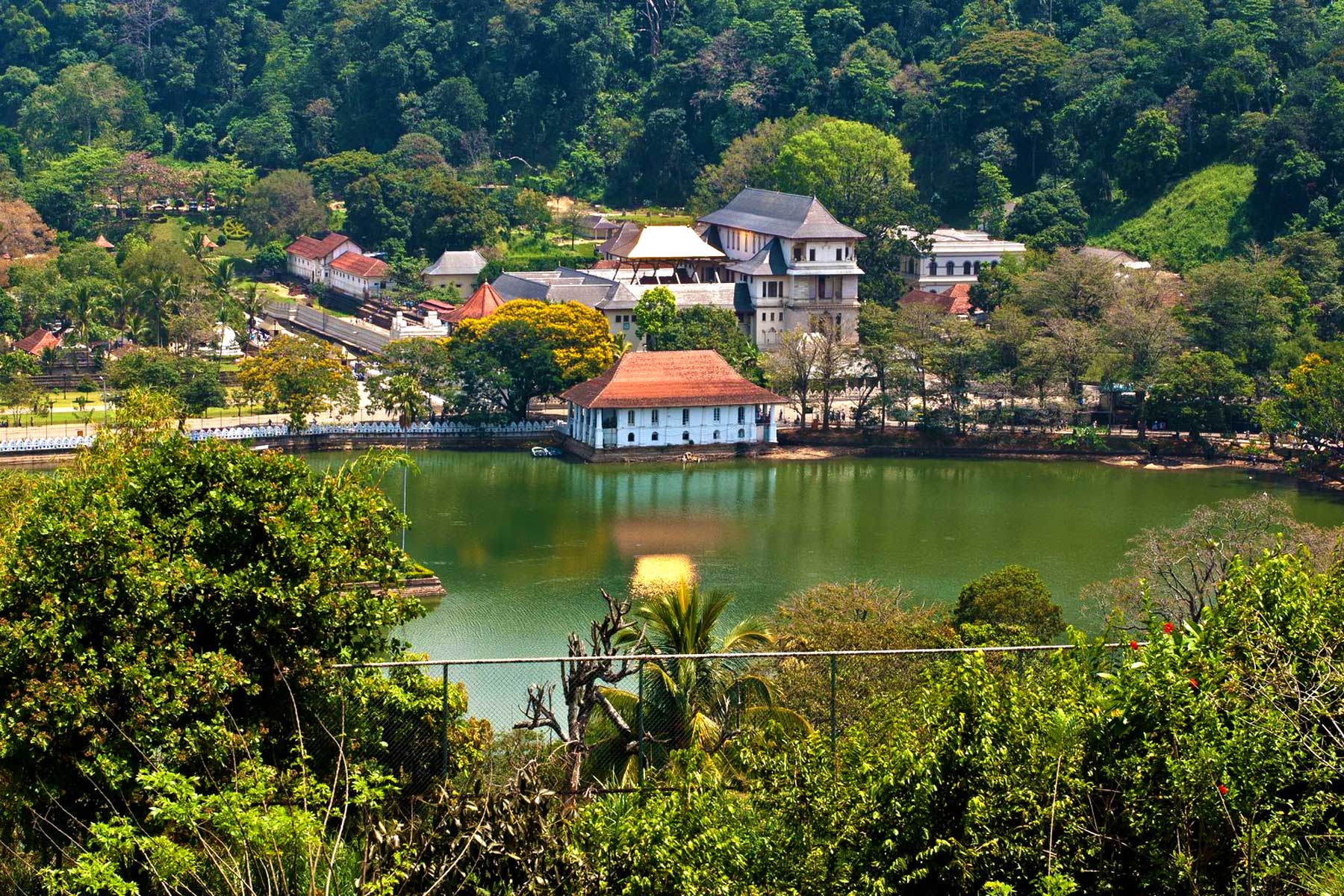
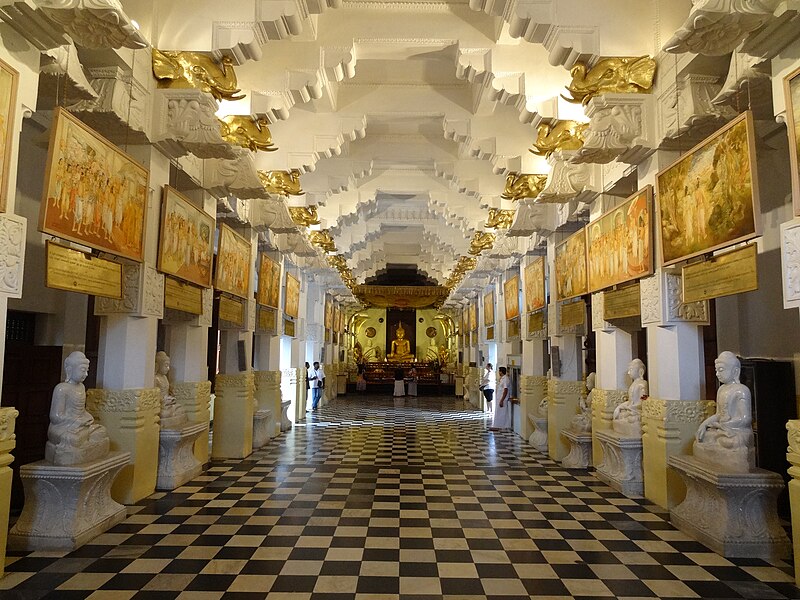
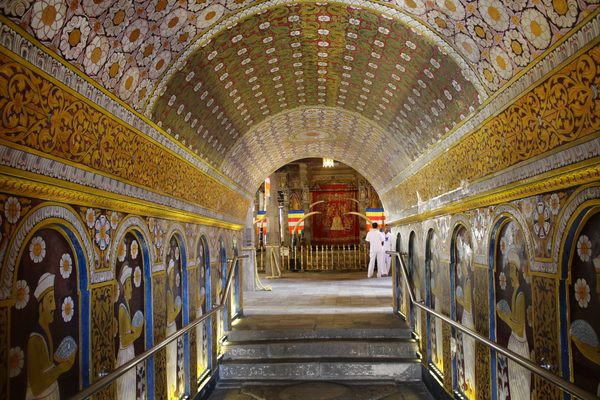
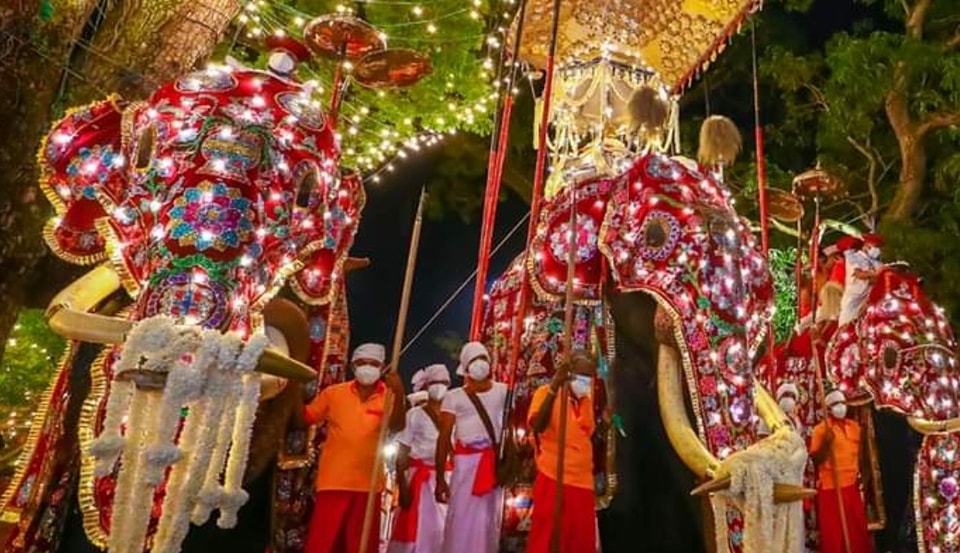
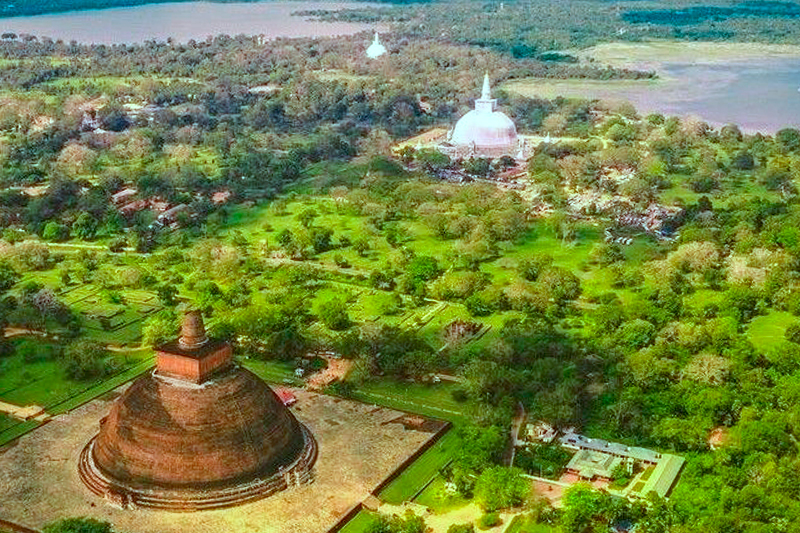
Sacred City of Anuradhapura
Anuradhapura, city, north-central Sri Lanka. The old section of Anuradhapura, now preserved as an archaeological park and designated a UNESCO World Heritage site in 1982, is the best known of Sri Lanka’s ancient, ruined cities. In the immediate vicinity are huge bell-shaped dagobas (Buddhist commemorative shrines, or stupas) built of small sun-dried bricks as well as temples, sculptures, palaces, and ancient drinking-water reservoirs.

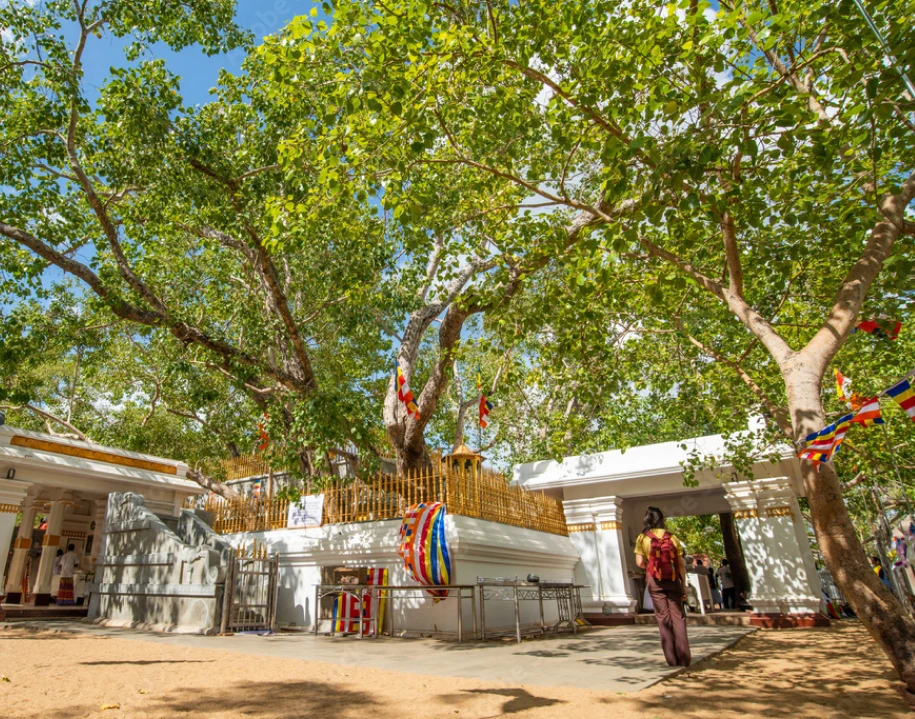
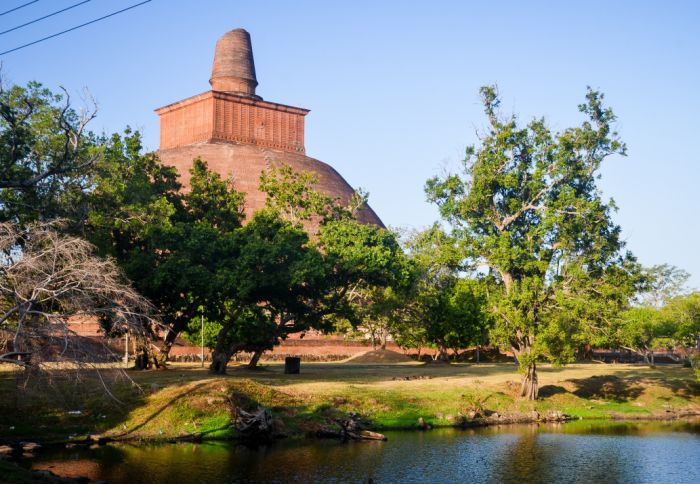
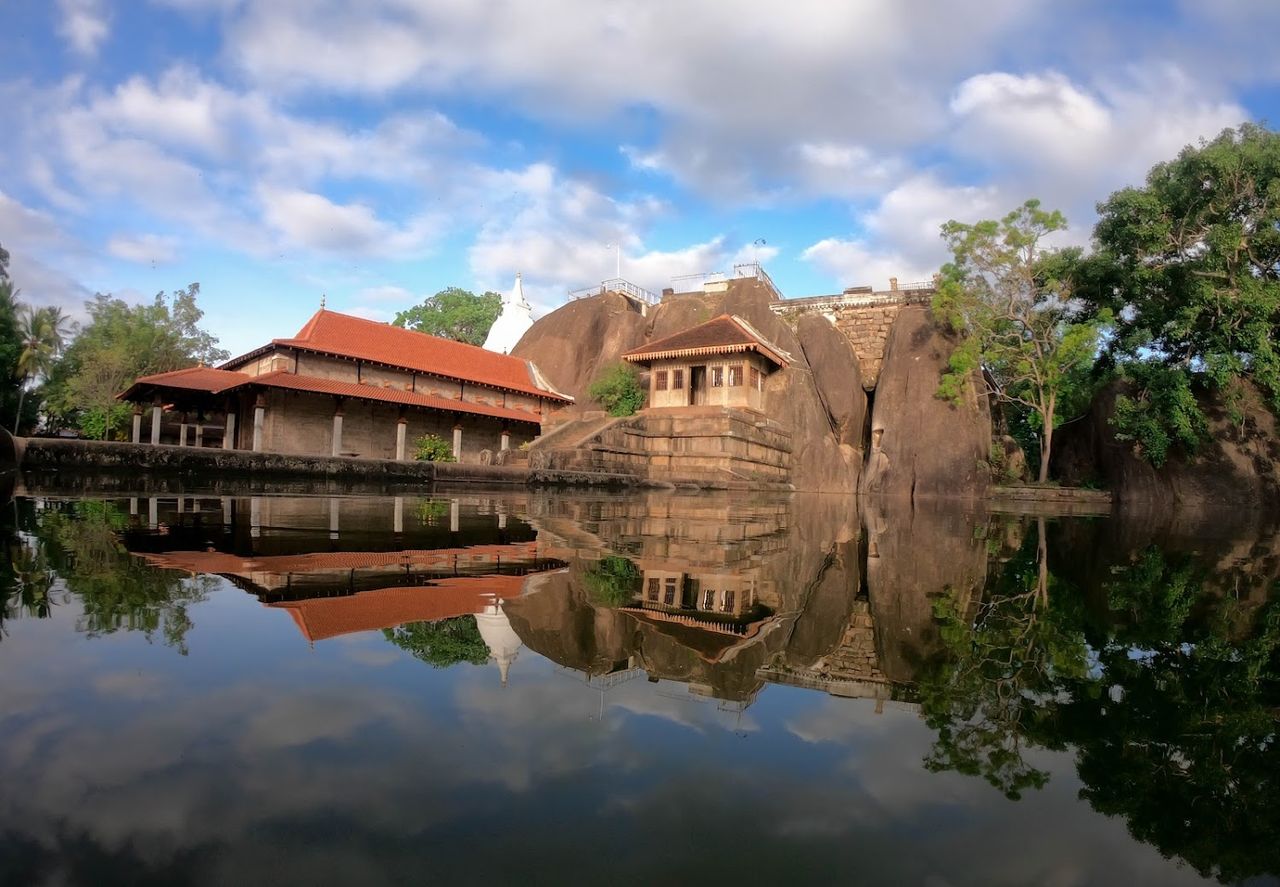
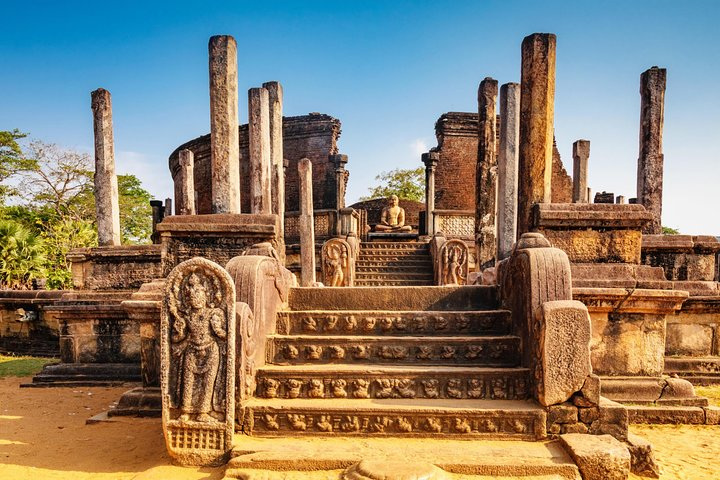
Ancient City of Polonnaruwa
Kings ruled the central plains of Sri Lanka from Polonnaruwa 800 years ago, when it was a thriving commercial and religious center. The glories of that age can be found in the archaeological treasures that still give a pretty good idea of how the city looked in its heyday. You’ll find the archaeological park a delight to explore, with hundreds of ancient structures – tombs and temples, statues and stupas – in a compact core. The Quadrangle alone is worth the trip.
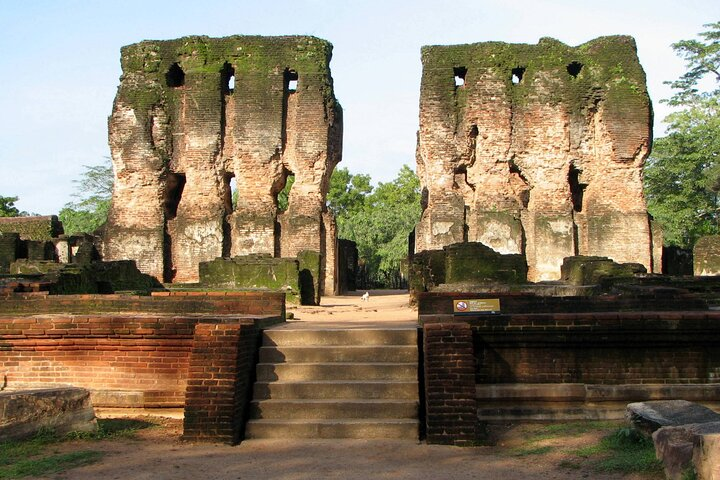
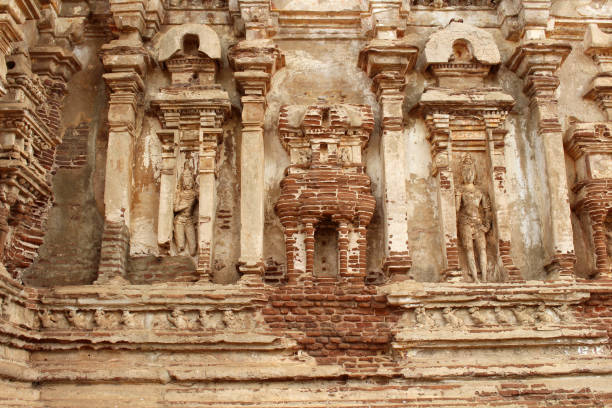
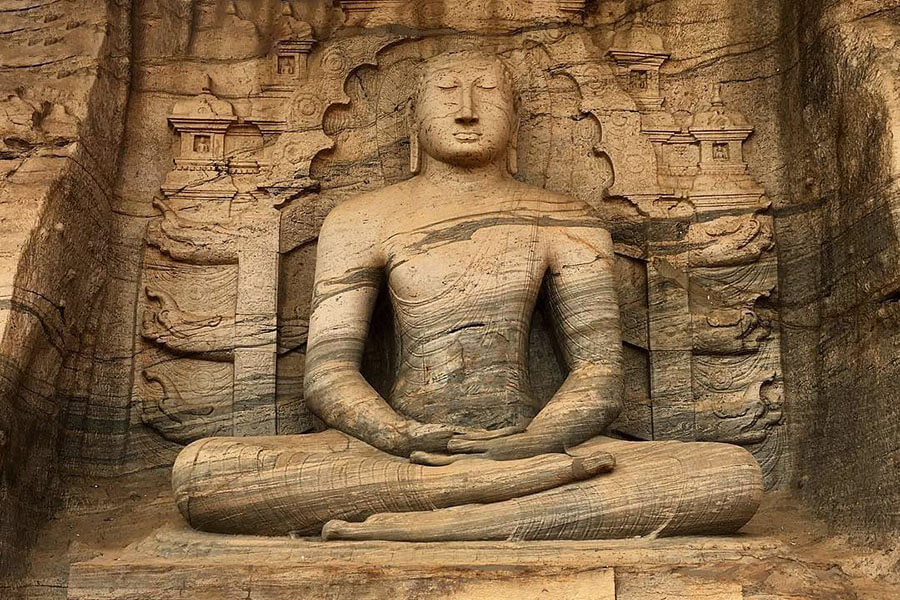
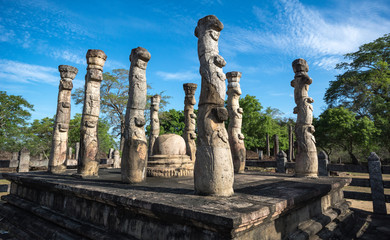
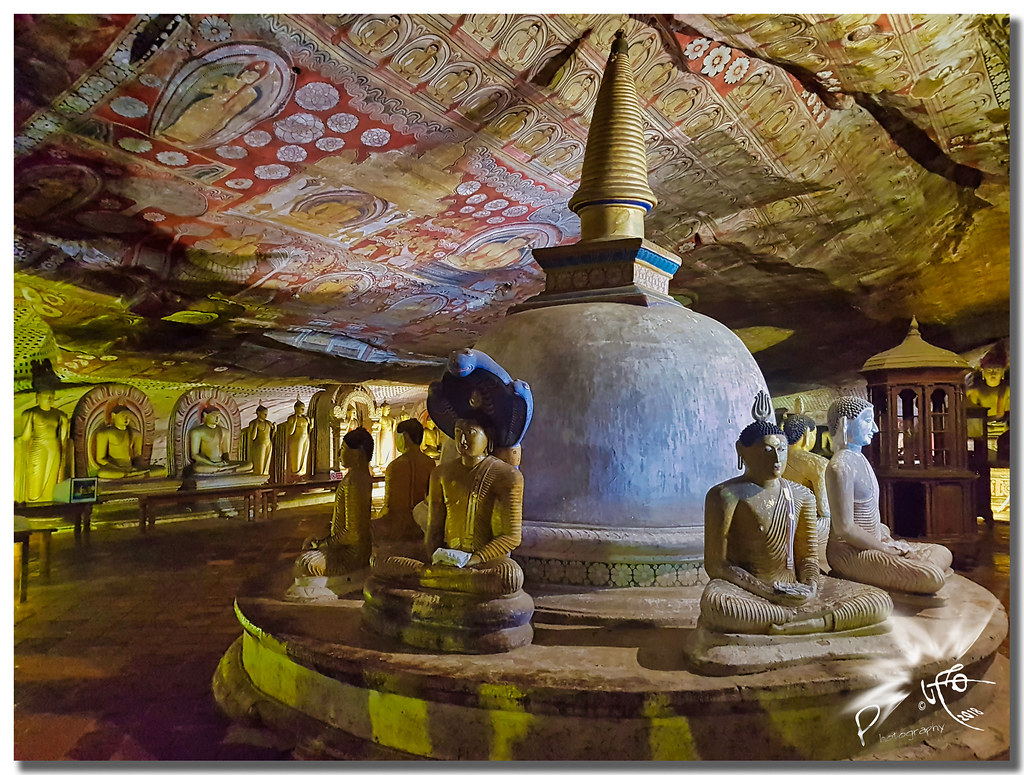
Rangiri Dambulla Cave Temple
Located in central Sri Lanka, the Rangiri Dambulla Cave Temple is a living Buddhist site that is focused on a series of five cave shrines. Inhabited by forest-dwelling Buddhist monks since the 3rd century BCE, these natural caves have been transformed continuously throughout the historical period into one of the largest and most outstanding Buddhist complexes in the Southern and South Eastern Asian region, showcasing innovative approaches to interior layout and decoration. In keeping with a longstanding tradition associated with living Buddhist ritual practices and continuous royal patronage, the cave shrines underwent several renovation and refurbishing programmes before assuming their present interior forms in the 18th century.
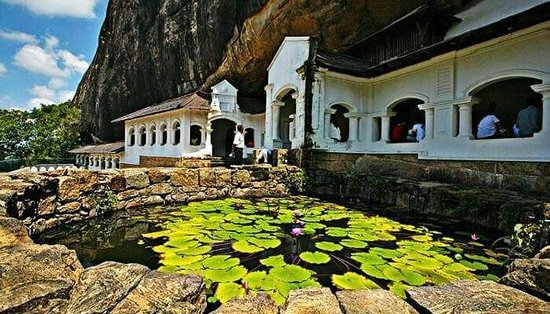
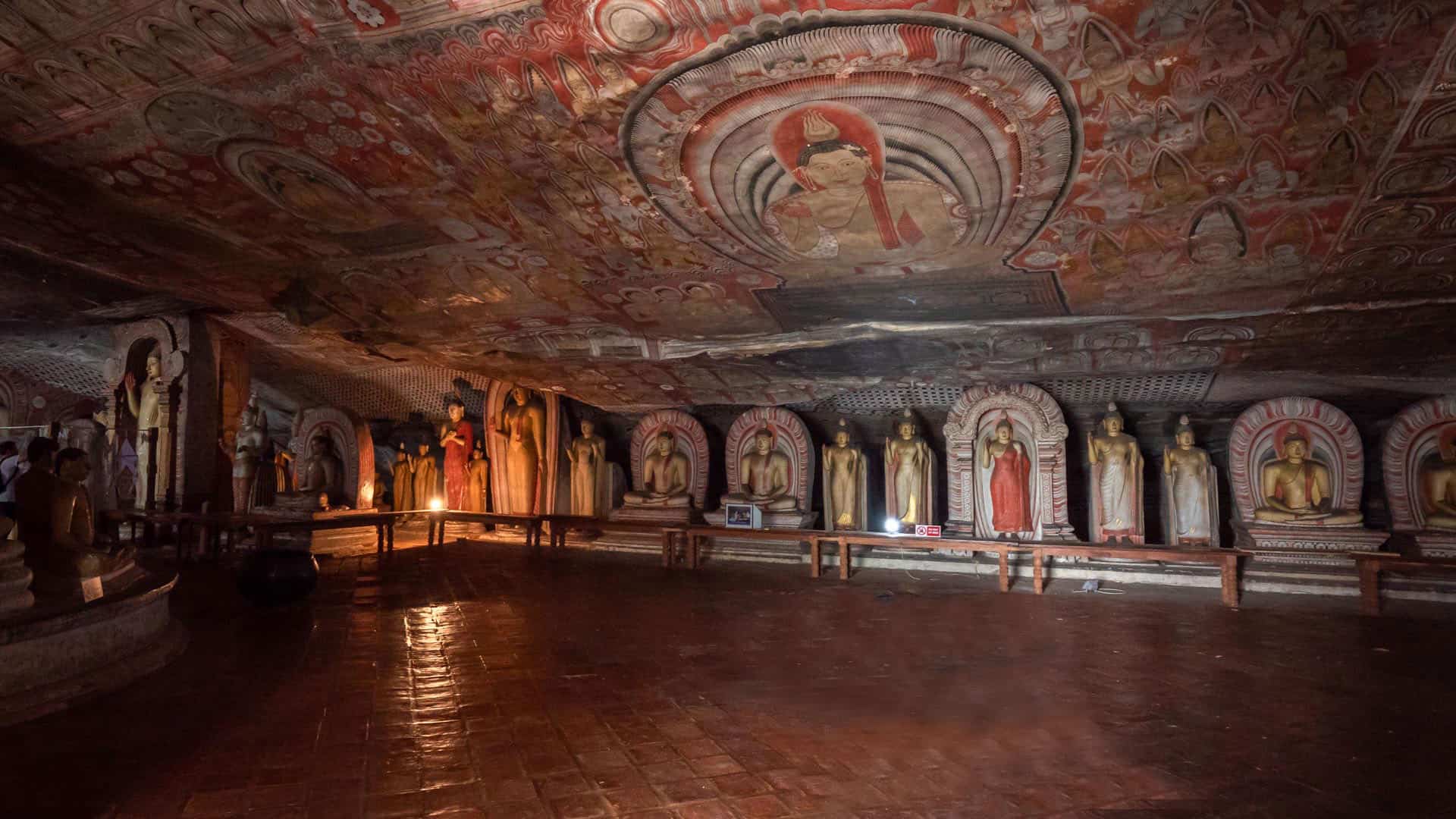

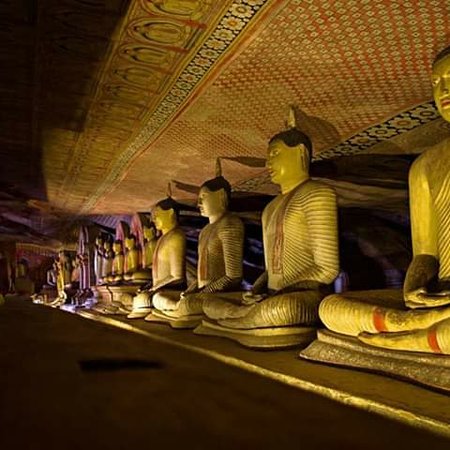
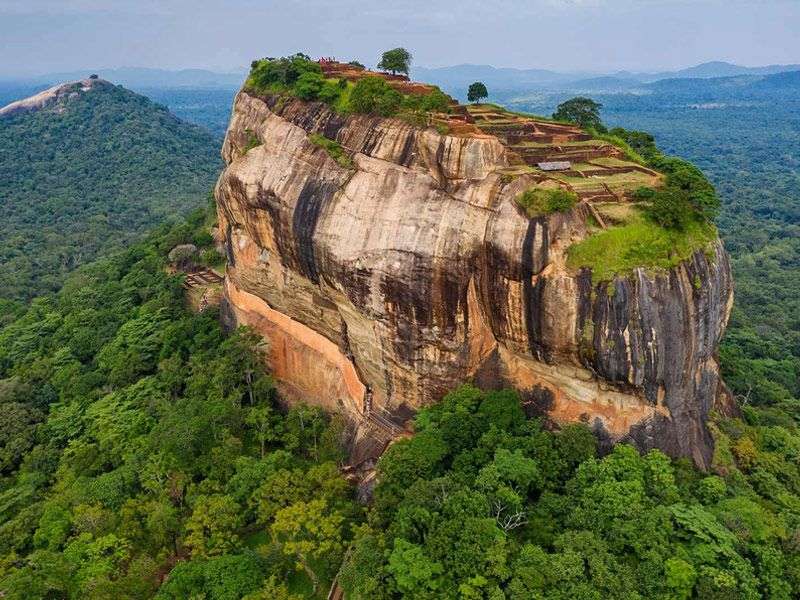
Sigiriya Rock
Sigiriya Lion Rock is one of the most valuable historical monuments of Sri Lanka. Referred by locals as the Eighth Wonder of the World, this ancient palace and fortress complex has significant archaeological importance and attracts thousands of tourists annually. It is probably the most visited tourist destination in Sri Lanka. The palace is located in the heart of the island between Dambulla and Habarane on a massive rocky plateau 370 meters above sea level.
